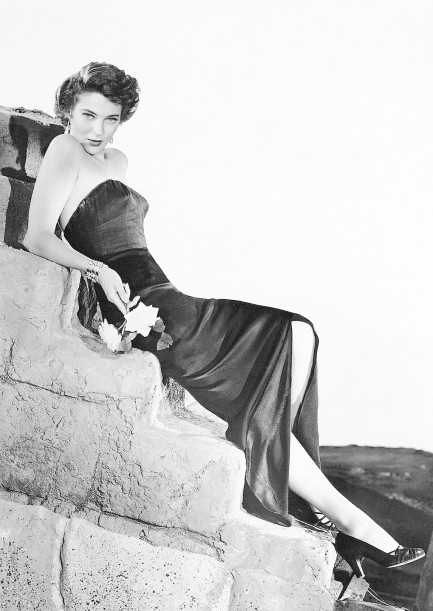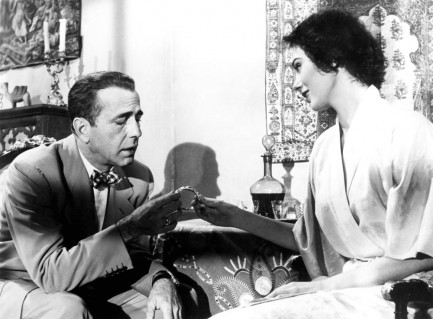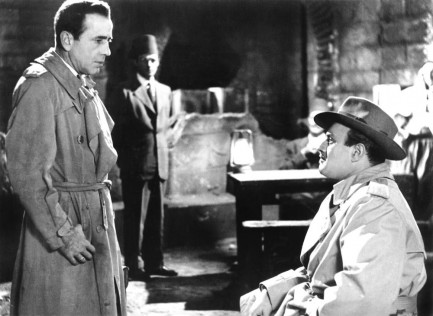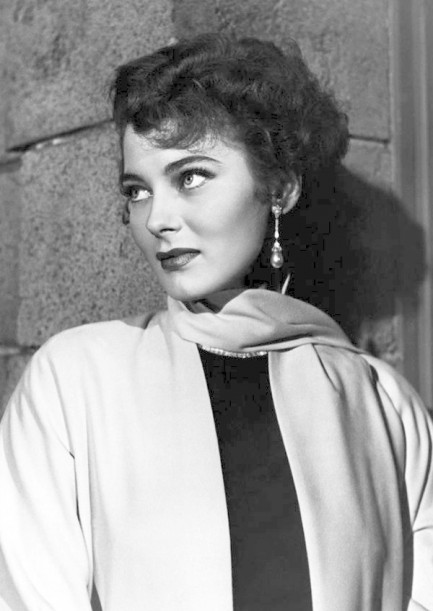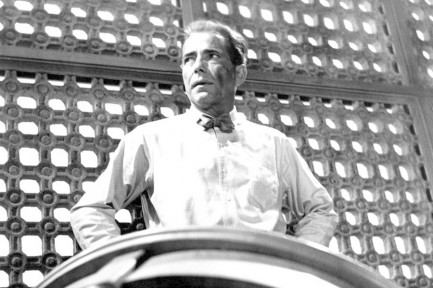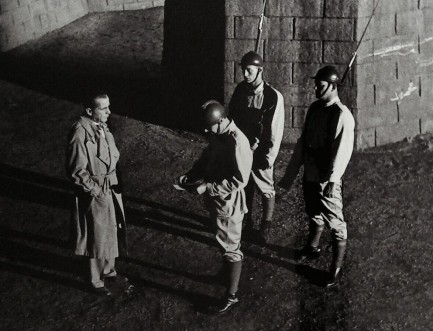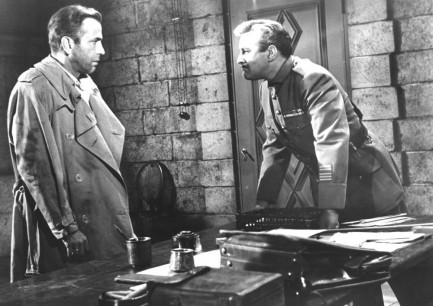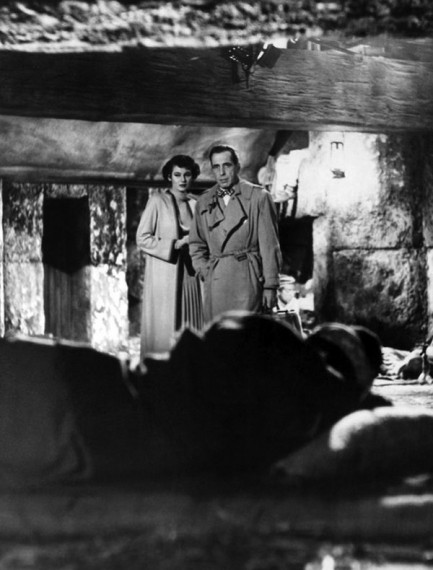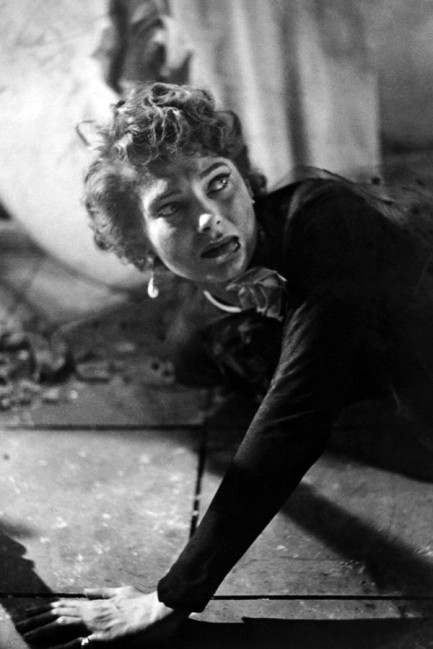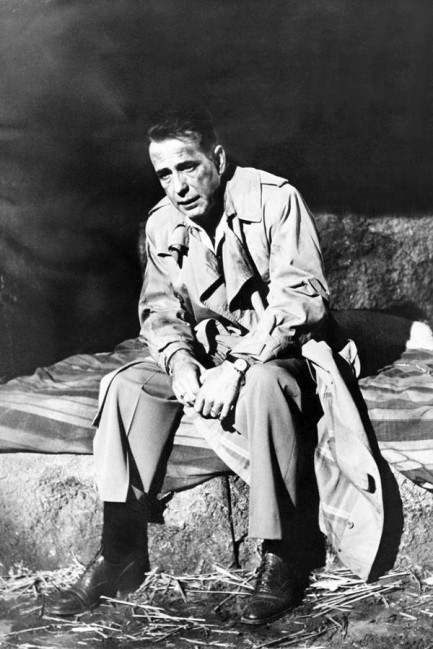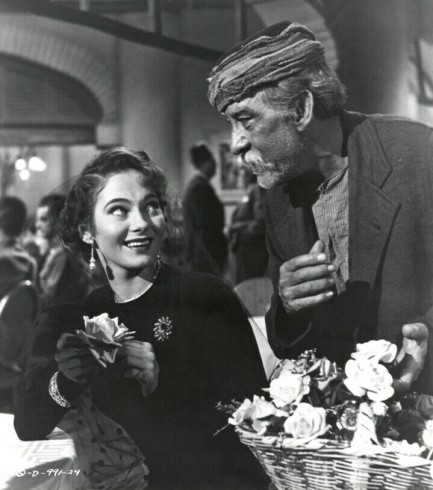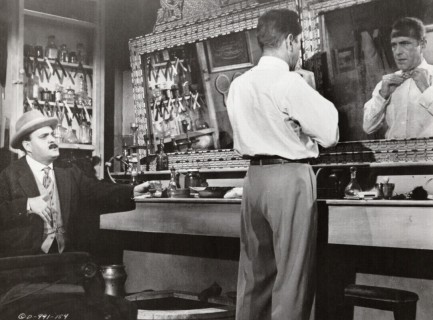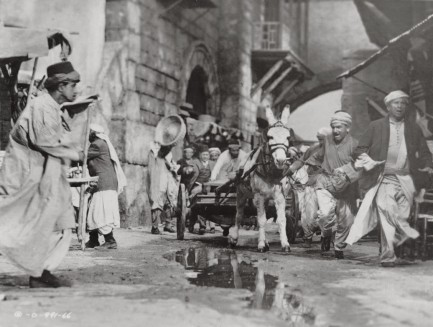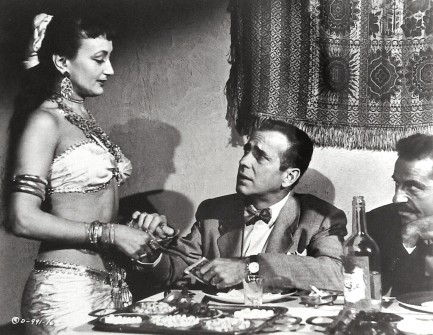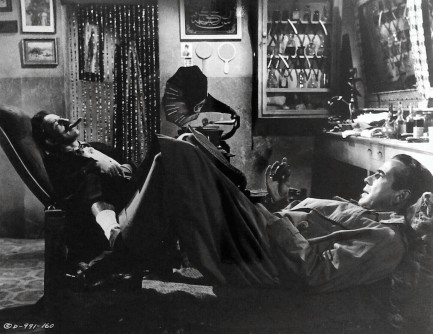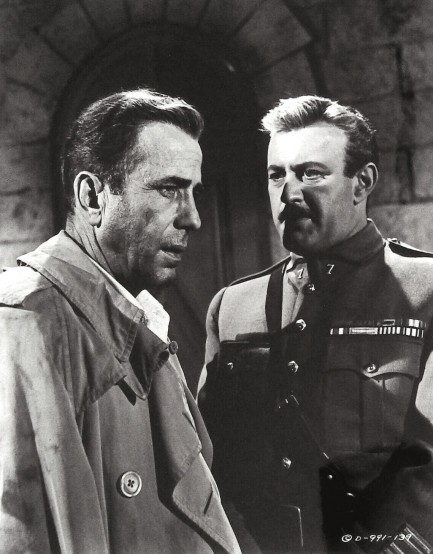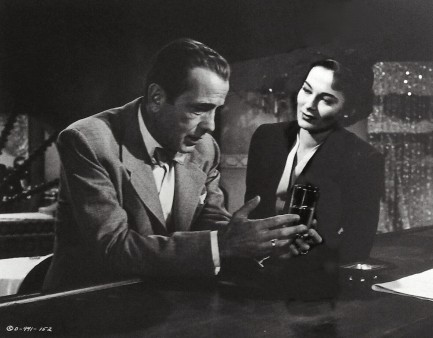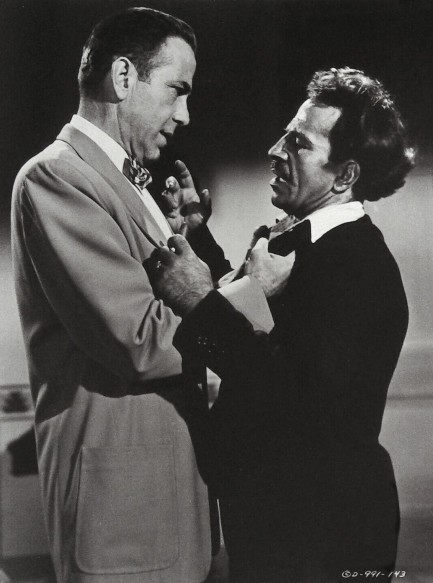| Vintage Pulp | Dec 20 2021 |

Calcutta is heavy on looks but light on substance.
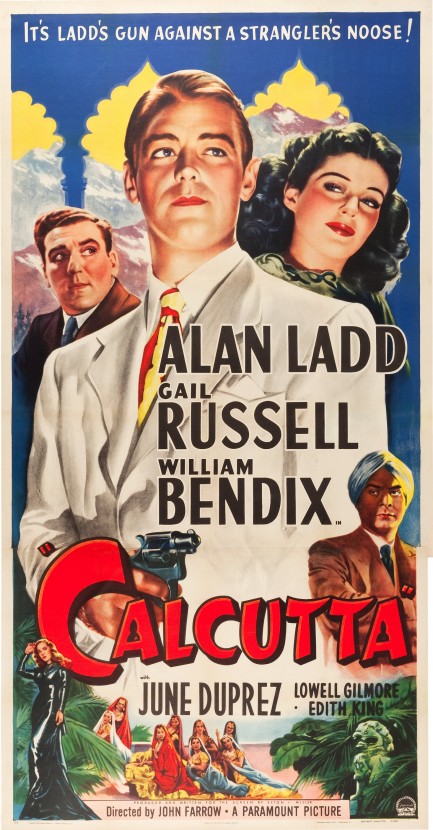
We'll tell you right out that Calcutta came very close to being an excellent movie, but doesn't quite get over the hump. It deals with a trio of pilots flying cargo between India and China on fictional China International Airways. The trio, Alan Ladd, William Bendix, and John Whitney, stumble upon a highly profitable international smuggling ring and quickly find that the villains play for keeps. Along with the fliers, the film has Gail Russell as Whitney's girlfriend, and June Duprez as a slinky nightclub singer. While the exotic setting marks the film as an adventure, it also fits the brief as a film noir, particularly in Ladd's cynical and icy protagonist.
As we said, the movie isn't as good as it should be, but there are some positives. Foremost among them is Edith King as a wealthy jewel merchant. She smokes a fat cigar, the masculine affectation an unspoken but clear hint of her possible lesbianism, and with a sort of jocular grandiosity simply nails her part. Another big plus is the fact that the miniature work (used in airport scenes), elaborate sets and props, and costumed extras all make for a convincing Indian illusion—definitely needed when a movie is filmed entirely in California and Arizona (Yuma City and Tucson sometimes served as stand-ins for exotic Asian cities, for example Damascus in Humphrey Bogart's Sirocco).
On the negative side, Calcutta has two narrative problems: the head villain is immediately guessable; and Russell is asked to take on more than she can handle as an actress, particularly as the movie nears its climax. Another problem for some viewers, but not all, is that the movie has the usual issues of white-centered stories set in Asia (or Africa). However, within the fictional milieu the characters themselves seem pretty much color and culture blind, which isn't always the case with old films. Even so, the phalanxes of loyal Indian servants, and the dismissiveness with which they're treated—though that treatment is historically accurate—probably won't sit well with a portion of viewers.
Here's what to focus on: Alan Ladd. He's a great screen presence, a solid actor in the tight-lipped way you often see in period crime films, and the filmmakers were even smart enough to keep him shirtless and oiled for one scene. We swear we heard eight-decade-old sighs on the wind, or maybe that was the Pulp Intl. girlfriends. They'd never seen Ladd before, but immediately became interested in his other films. We were forced to tell them he was a shrimpy 5' 6” and they were a bit bummed. But he had it—and that's what counted. His it makes all his films watchable, but doesn't quite make this one a high ranker. Calcutta had its official world premiere in London today in 1946.
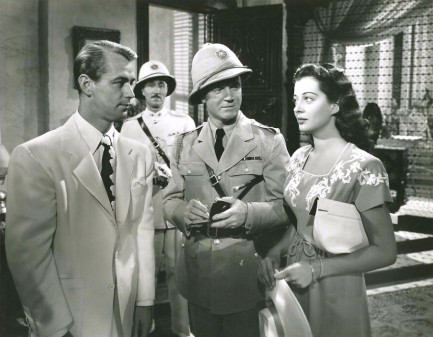
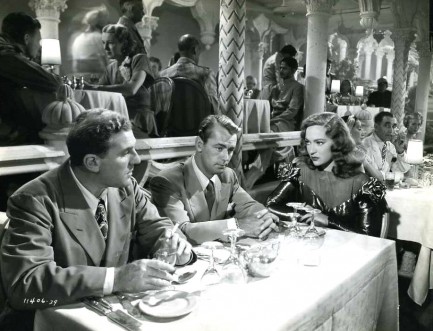
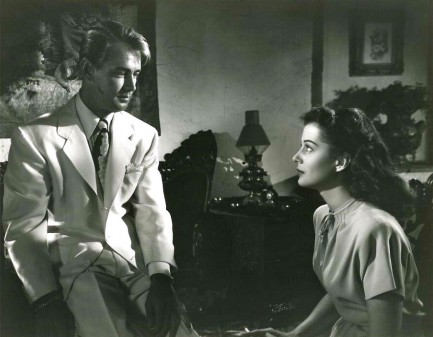
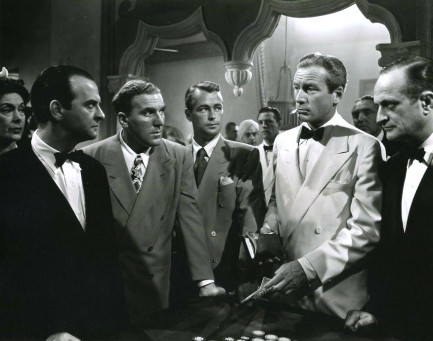
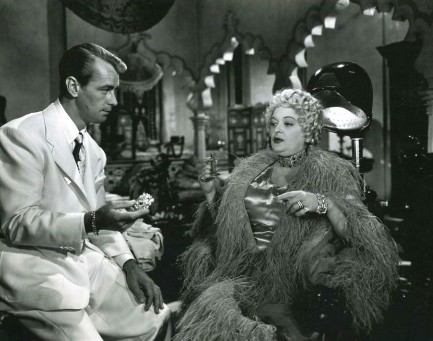
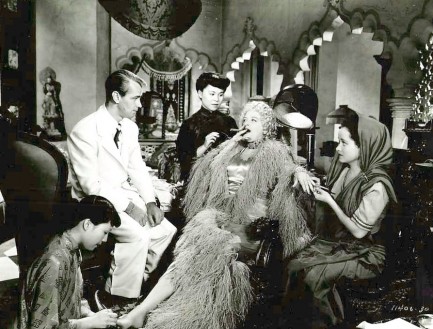
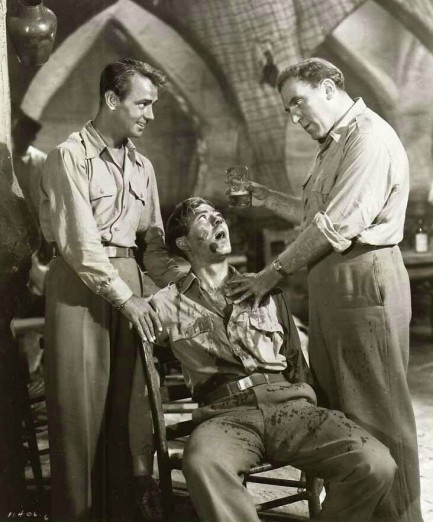
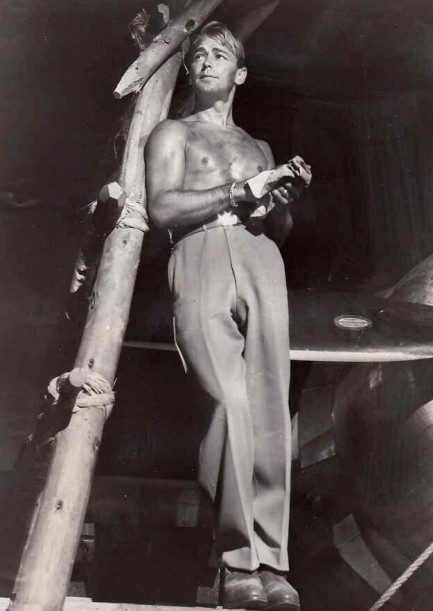
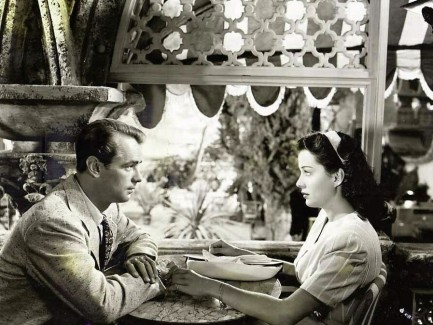
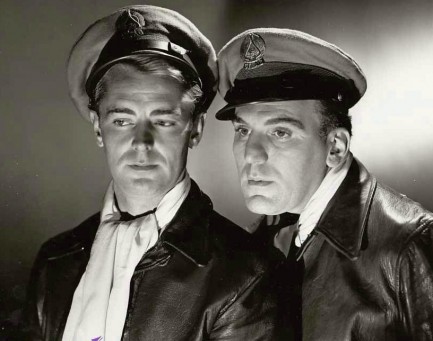
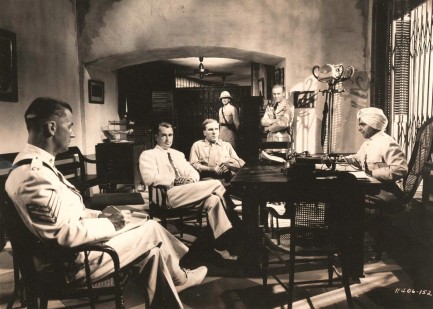
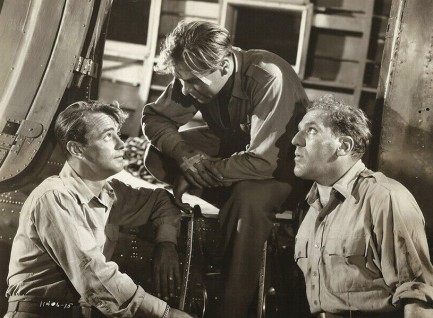
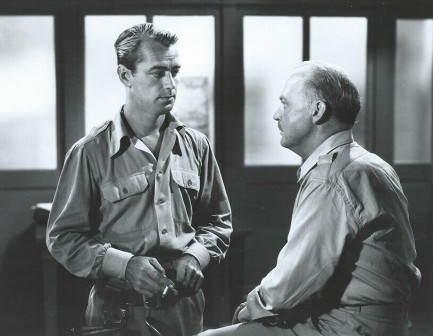
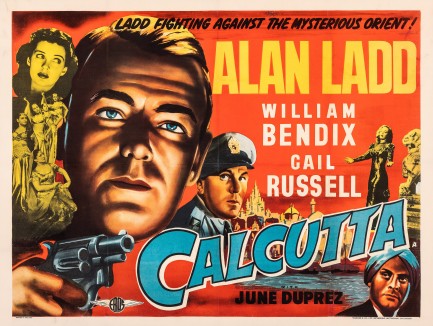
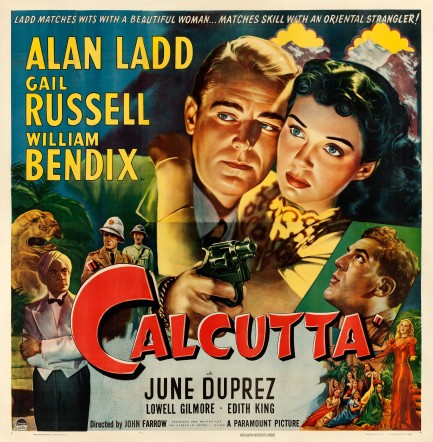
| Vintage Pulp | Sep 19 2021 |

Casablanca drifts 2,500 miles east and loses a little something along the way.
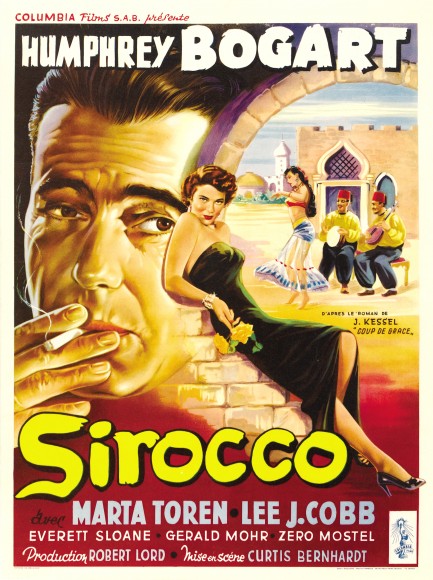
Above you see a nice French poster for the Humphrey Bogart adventure Sirocco, which we touched upon briefly several months back. As we noted then, Columbia Pictures promoted the film as being, “beyond Casablanca...” but Sirocco comes up short in that department. How could it not? It's like saying, “beyond chocolate chip cookie dough ice cream,” or “beyond a raspberry gin Ricky,” or “beyond the 2003 Hurricanes-Buckeyes NCAA Championship Game.” These things are not possible. But Sirocco is actually pretty good anyway, owing largely to its setting in 1925 Damascus, Syria (the film was actually shot in Yuma, Arizona, but the illusion worked adequately).
Plotwise, local independence fighters are trying to drive out French occupiers via any means deemed necessary, including what we call today terrorist bombings. Bogart plays Rick from Casablanca, except he's named Harry Smith. But he's the same cynical, opportunistic, womanizing lone wolf he was before, who instead of running a bar, runs guns. He has no ideology in his profession, except love of money, and will work for whoever can hire him, Syrian or French. As the situation in Damascus grows increasingly fraught he finds himself unwillingly stuck between the locals and the occupiers. He also finds himself in a love triangle with slinky Märta Torén and a French military officer played by Lee J. Cobb.
The movie quickly coalesces around what we like to think of as the big three Bogart plot devices: romantic feelings threaten to upset his hard-won cynicism, he must make a choice between desire and conscience, and he must beat the clock if he hopes to get out of Dodge with his skin intact. Beyond Casablanca? Columbia pretty much strip mined Casablanca, is what happened. Even so, Bogart had few serious misses in his career, and Sirocco isn't one of them. Fans will get to see him doing exactly what made him an icon, and for that reason alone we think it's worth a watch. After premiering in the U.S. in mid-1951, it opened in France today the same year.
